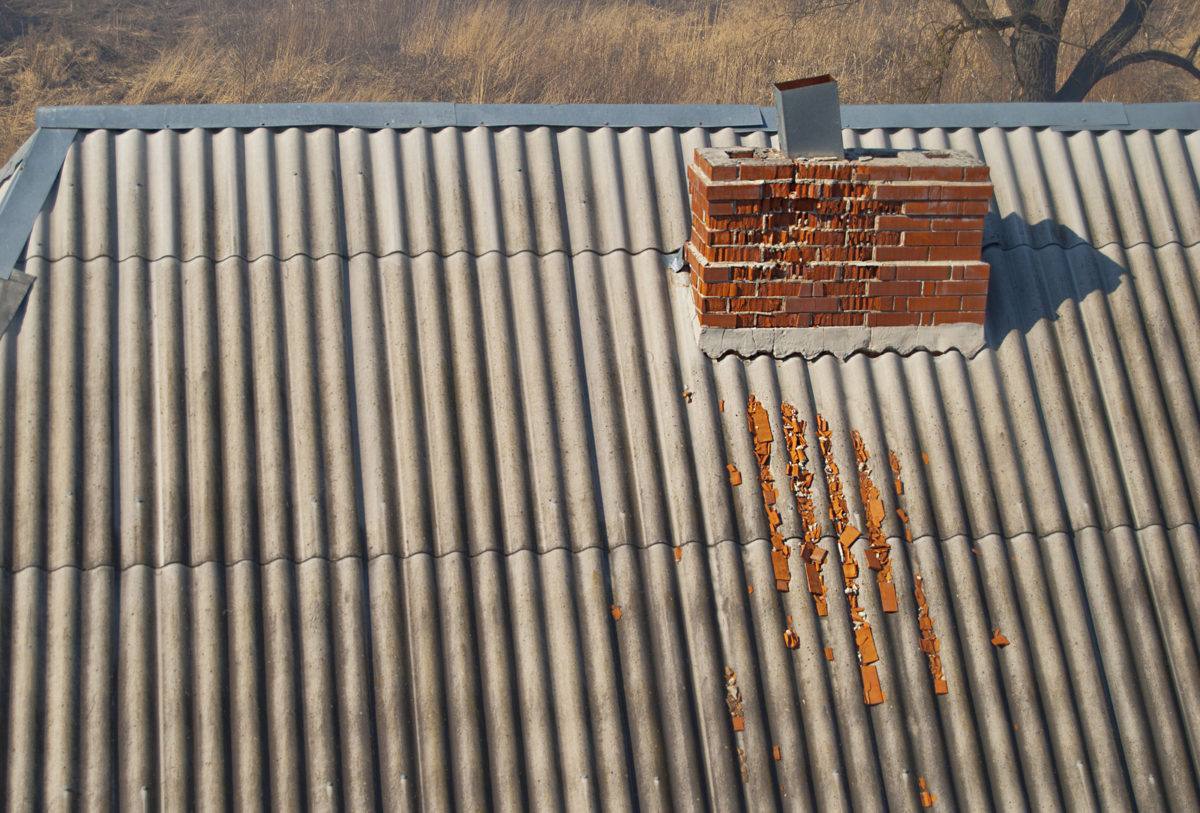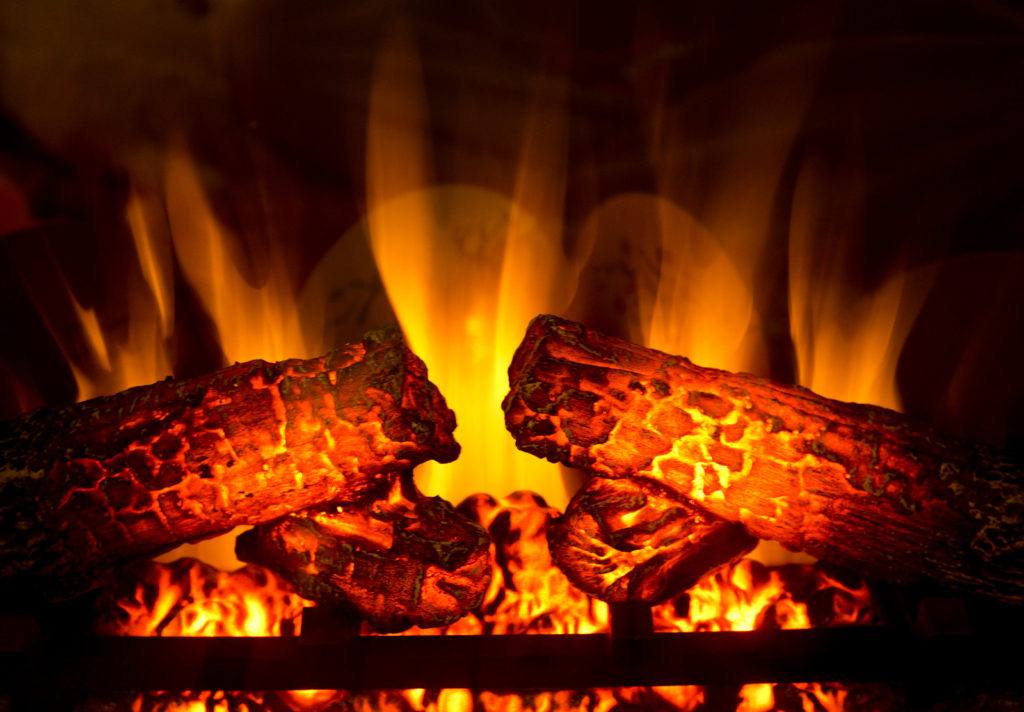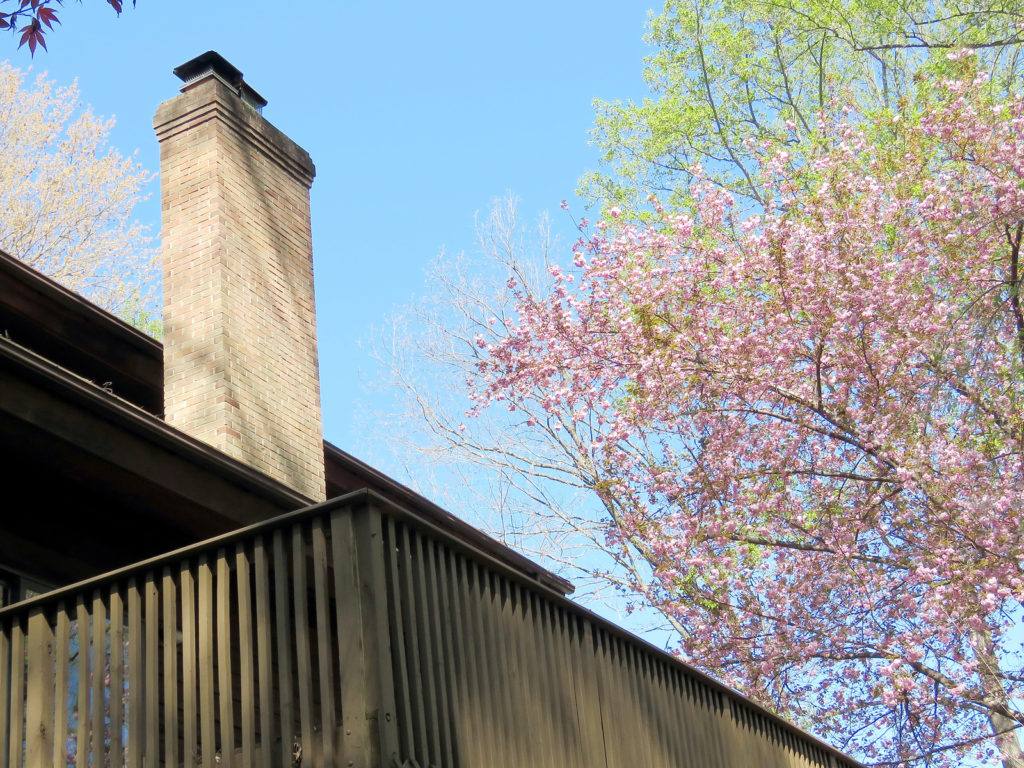Do you miss out on the joy of watching flickering flames in the fireplace because chopping, hauling, and storing logs just is not for you? With a cozy fire, the fireplace is often a favorite gathering place in the home. There’s no need to let your fireplace go to waste! Gas log sets provide the ambiance of a roaring fire without the hassle and smoke that goes along with wood burning. The natural gas or liquid propane gas used by gas logs is clean-burning. In fact, gas logs are an efficient and environmentally friendly choice, that is ultra-convenient and easy to use.
Gas log sets can change the look and ambiance of your existing wood or masonry fireplace and are available in a wide range of colors, sizes, and shapes. Gas logs come in two basic varieties, vented log sets and vent-free log sets.
HOW TO CHOOSE THE RIGHT GAS LOG SET
A gas log set must be used in a regular fireplace, designed to burn a wood fire. The benefits are numerous and they can offer some unique advantages. With all of the different types and options, it can be hard to know what the set is right for you, so let’s take a look at the key differences between gas log sets.
HOW DO GAS LOGS WORK?
Gas log sets are used in a regular fireplace designed for wood that releases the gas fumes through the chimney. Flame size is typically large, lending to a more realistic look, however, they aren’t especially efficient for heating since the heat goes up the chimney. Log sets must be operated with the damper wide open. Only a few varieties of vented gas logs will give off heat, otherwise, you will want to look into a Gas Log Heater, which will provide up to 25,000 BTUs of heat into the room and can be used with or without glass doors. Gas log sets can be connected to a manual on/off gas valve, or a manual safety pilot.
GAS LOG ADVANTAGES:
- Large flames not unlike wood-burning fire flames
- Increased safety
- Reasonable purchase price
GAS LOG DISADVANTAGES:
- Higher fuel input than wood fires
- Lower heat output that wood-burning fires
VENT-FREE GAS LOGS
You may have heard about vent-free logs because they do exist; however, they are illegal in California.
WHAT SIZE GAS LOG SET DO I NEED?
Most gas log sets range from 18 “to 30”. The size is determined by the length of the front log, which is typically the largest. To choose a size you’ll need to measure your fireplace front width, back width and depth.
• Measure the front and back widths, the depth, and the height of your enclosure
• Choose a log size based on the available enclosure space
• Uncommon sizes of gas logs are available from 16 “up to 70”
• Be sure to account for clearing of the gas valve or any added remote receiver box
WHY CHOOSE GAS LOGS
Convenience: Lighting gas logs is quick and easy, which means there is minimum hassle to enjoy a delightful fire in your home.
Easy Maintenance
Chimney Fire Prevention: Maintenance and cleaning are still important. Because gas logs produce a lot less creosote and soot in the chimney lining, they bring safety. There is much smaller risk of a dangerous chimney fire when you enjoy the warmth provided by a gas log set.
Environmentally Friendly
Affordable Installation: The total cost involved with buying and installing a gas fireplace in your home can be as little as $ 5,000, and the potential return on your investment if you sell your home is high. In fact, if you sell, you can count on getting back about 90% of the cost to add a gas log set to your home.
Authentic Appearance: Today’s gas logs are much more than realistic than the sets of the past. You can now find artificial logs that are very convincing!
Lower Utility Costs: You can practice zone heating with convenient gas logs sets. When zone heating, you only heat the part of your home that you are currently occupying.
Style: There are a wide variety of gas log sets to choose from, and you’ll find one that fits into your decor.
CHOOSING YOUR GAS LOG ACCESSORIES
There are a large variety of accessories available for gas logs, so we’ll just highlight a few. Platinum Embers are a low-cost addition to your set that really makes it sparkle. They are significantly brighter than regular embers, mix both regular and Platinum for the most realistic look. You can connect your set to a thermostat, a remote starter, or both.
DOES YOUR HOUSE USE NATURAL GAS OR LIQUID PROPANE?
Always make sure you buy a gas set that matches the gas already in use in your home. You will have either liquid propane or natural gas already set up for other appliances. When you buy vented and vent-free log sets, they are often pre-set to either natural gas or liquid propane.
In Conclusion, gas log sets are a great way to reinvigorate your existing fireplace and create a more convenient and affordable heating solution. The safety and reliability of a gas log set are matched only by the efficiency and convenience they offer. Be sure to find a unit that matches your preference and enjoy the many benefits of a gas log set.





